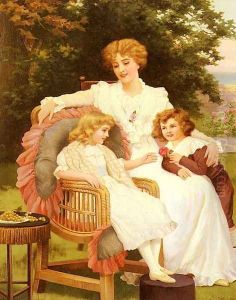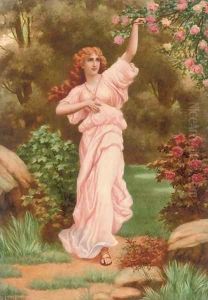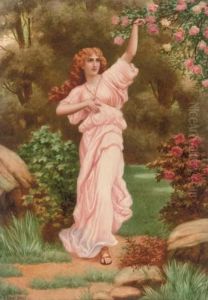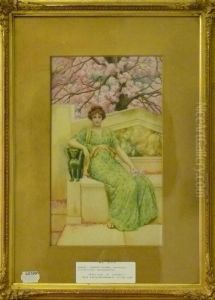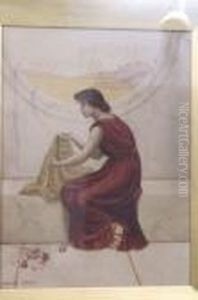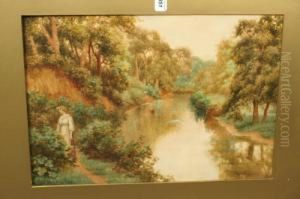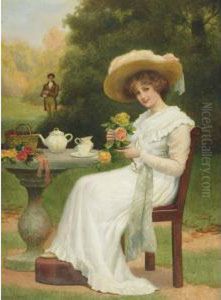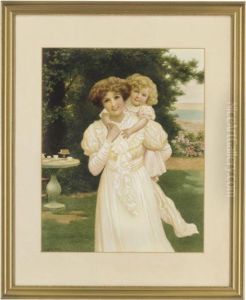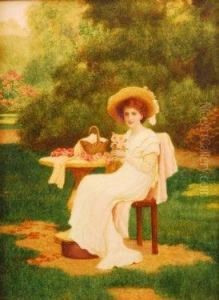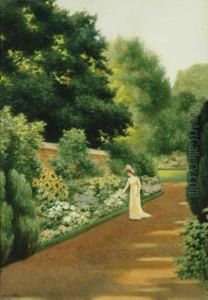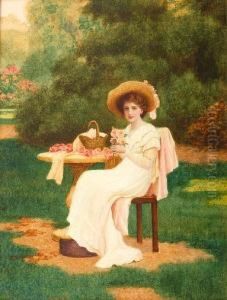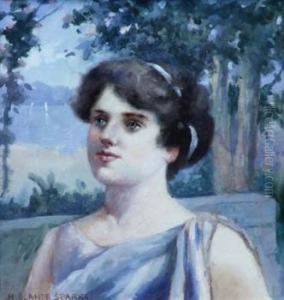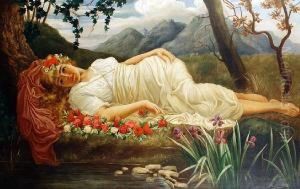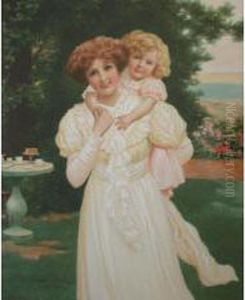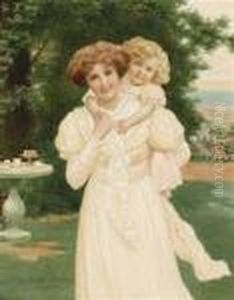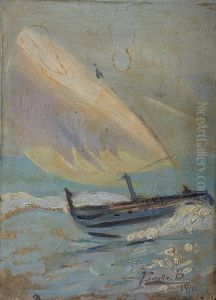Herbert Blande Sparks Paintings
Herbert Blande Sparks was a British artist renowned for his contributions to the world of visual arts, particularly in painting and etching. Born in 1886, Sparks's early life was steeped in the cultural milieu of late 19th-century England, a period characterized by rapid social and technological changes that would deeply influence his artistic direction.
Sparks's artistic journey began at the Royal College of Art in London, where he honed his skills in painting and drawing. His education not only provided him with technical proficiency but also exposed him to the burgeoning arts scene in London, which was at the time a melting pot of new ideas and experimental approaches to art.
Throughout his career, Herbert Blande Sparks was known for his landscapes and urban scenes, capturing the essence of English countryside and city life with a distinctive blend of realism and romanticism. His works often depicted serene pastoral scenes, bustling city streets, and historic architectural landmarks, rendered with a keen eye for detail and a profound appreciation for the interplay of light and shadow.
In addition to his paintings, Sparks was an accomplished etcher, a medium through which he achieved significant acclaim. His etchings, characterized by their meticulous detail and atmospheric quality, earned him recognition and respect among his peers and art enthusiasts alike.
Despite his contributions to the art world, Herbert Blande Sparks remained relatively obscure in the broader historical narrative of British art. He died in 1937, leaving behind a legacy that, while not widely celebrated, is cherished by connoisseurs of British painting and etching for its genuine expression and technical mastery.
Today, Sparks's work is preserved in various art collections and museums, offering a glimpse into the rich tapestry of early 20th-century British art. His life and work serve as a testament to the diverse artistic expressions that flourished during this transformative period in history.
